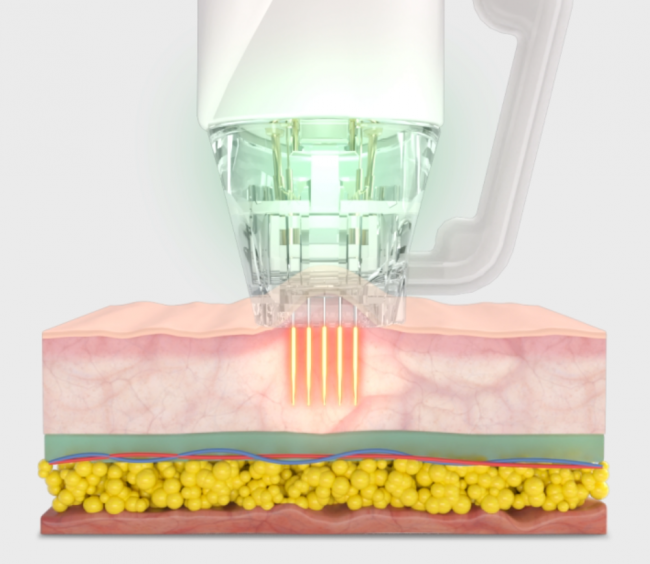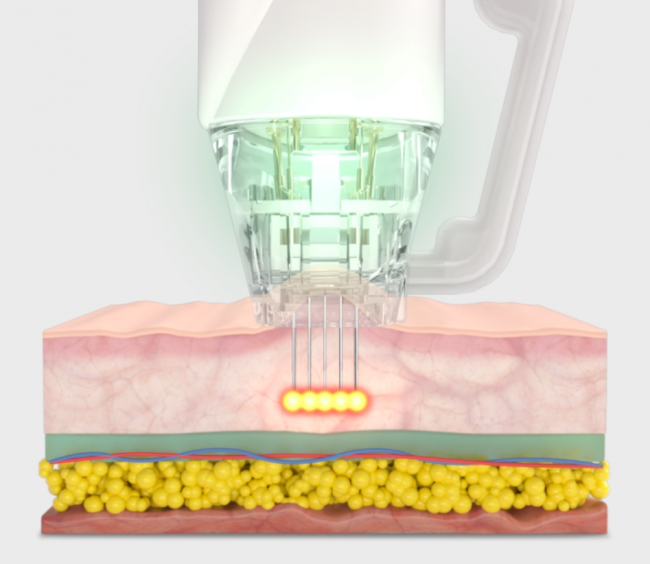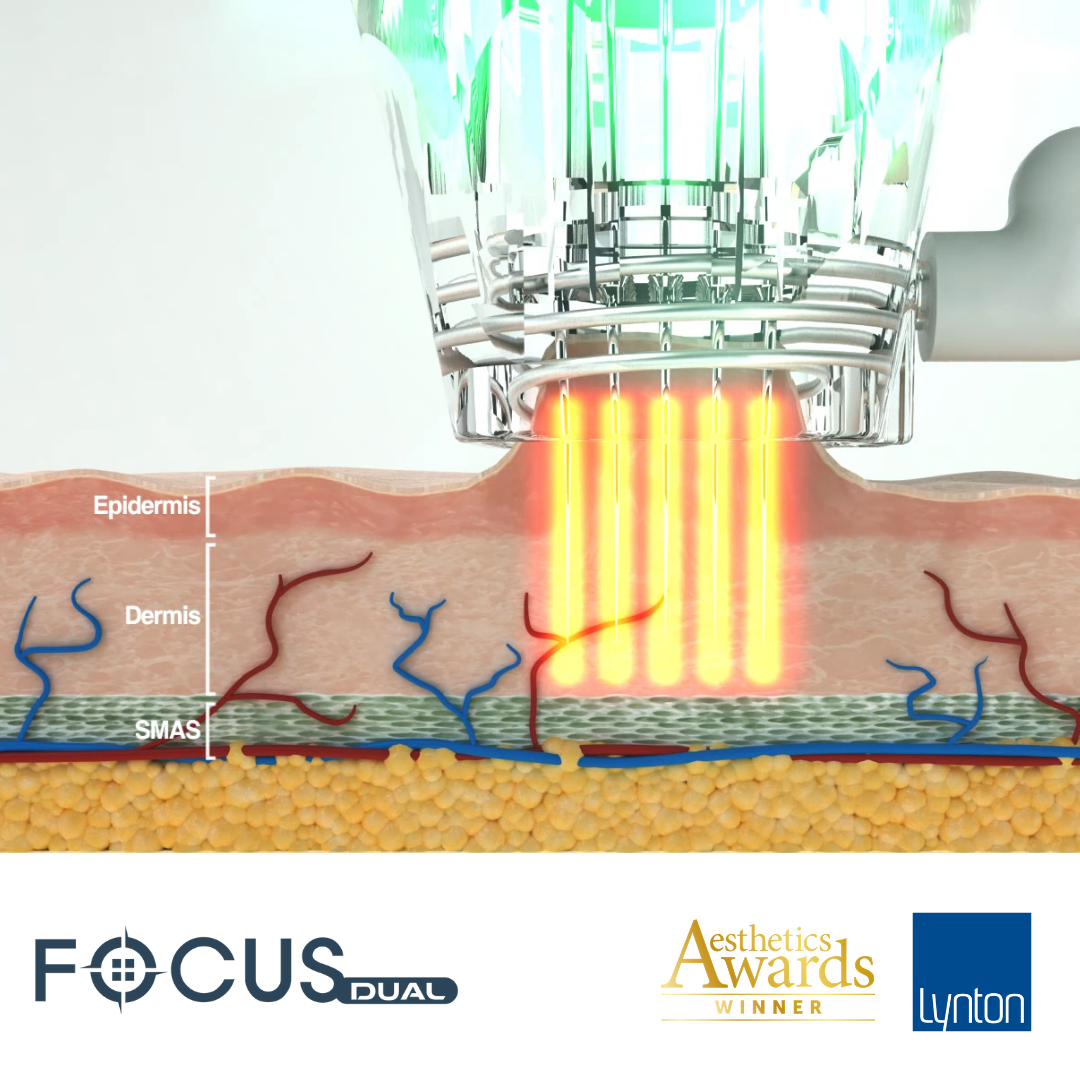What is Radiofrequency Microneedling?
So, let’s start with the basics of what Radiofrequency Microneedling actually is: essentially tiny needles are used to puncture the skin, creating a physical action that stimulates collagen. This result is supercharged when the needle emits Radiofrequency to also HEAT the skin. I know! It’s amazing the things we do to ourselves in the pursuit of healthy skin!
What are the benefits of Radiofrequency Microneedling?
A whole host of textural and ageing concerns such as acne scars, skin tightening, stretch marks, open pores, and wrinkles can be treated with Radiofrequency Microneedling. Both the needle action and the heat action lift, firm, and tighten the skin, but the more heat you have the BETTER the results get. How much heat you get is dependent on whether you use an insulated needle or a non-insulated needle.
Insulated vs. Non-Insulated Microneedles – What is the difference?
Insulated microneedles have a layer of insulation around them, allowing the heat only to be emitted from the end tip, heating just the lower layers of the skin, protecting the epidermis. This allows for safer treatments for darker skin types (Fitzpatrick 4-6), who are at higher risk for hyperpigmentation post treatment. The insulated needle tip allows for more versatility when treating concerns such as skin laxity as heat can be focussed more within the dermis, as the epidermis is spared.
Non-insulated microneedles emit Radiofrequency energy over their entire surface area allowing both the upper and lower layers of the skin to be heated all at once. This means heat is generated along the full length of the needles, giving a better thermal effect, without the need for multiple passes at different depths. Non-insulated needles can provide patients with better results due to the increased heating they apply to multiple layers of the skin at once (from stratum corneum down to the dermis).
Non-insulated needles are also believed to reduce pinpoint bleeding, as you achieve effective coagulation throughout the dermal portion of the needle, reducing the risk of infection post-treatment, as small capillaries in the upper layers of skin are sealed in this heating process.
Read more about our Focus Dual machine here.

Non-insulated needles

Insulated Needles

